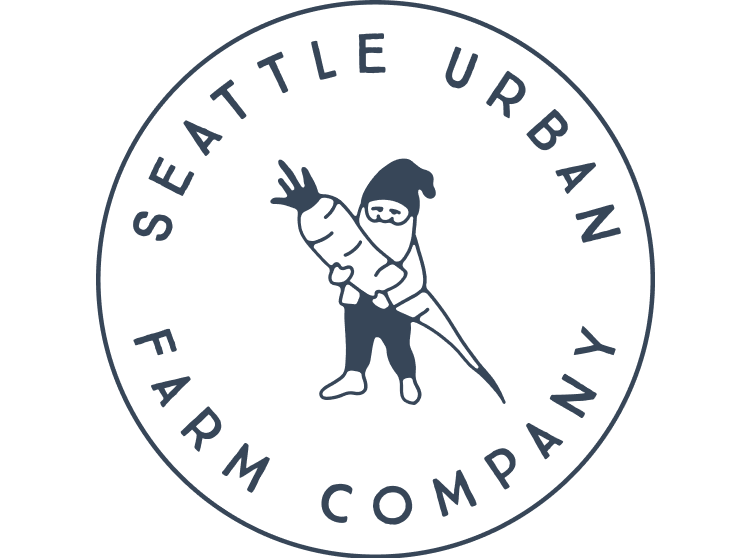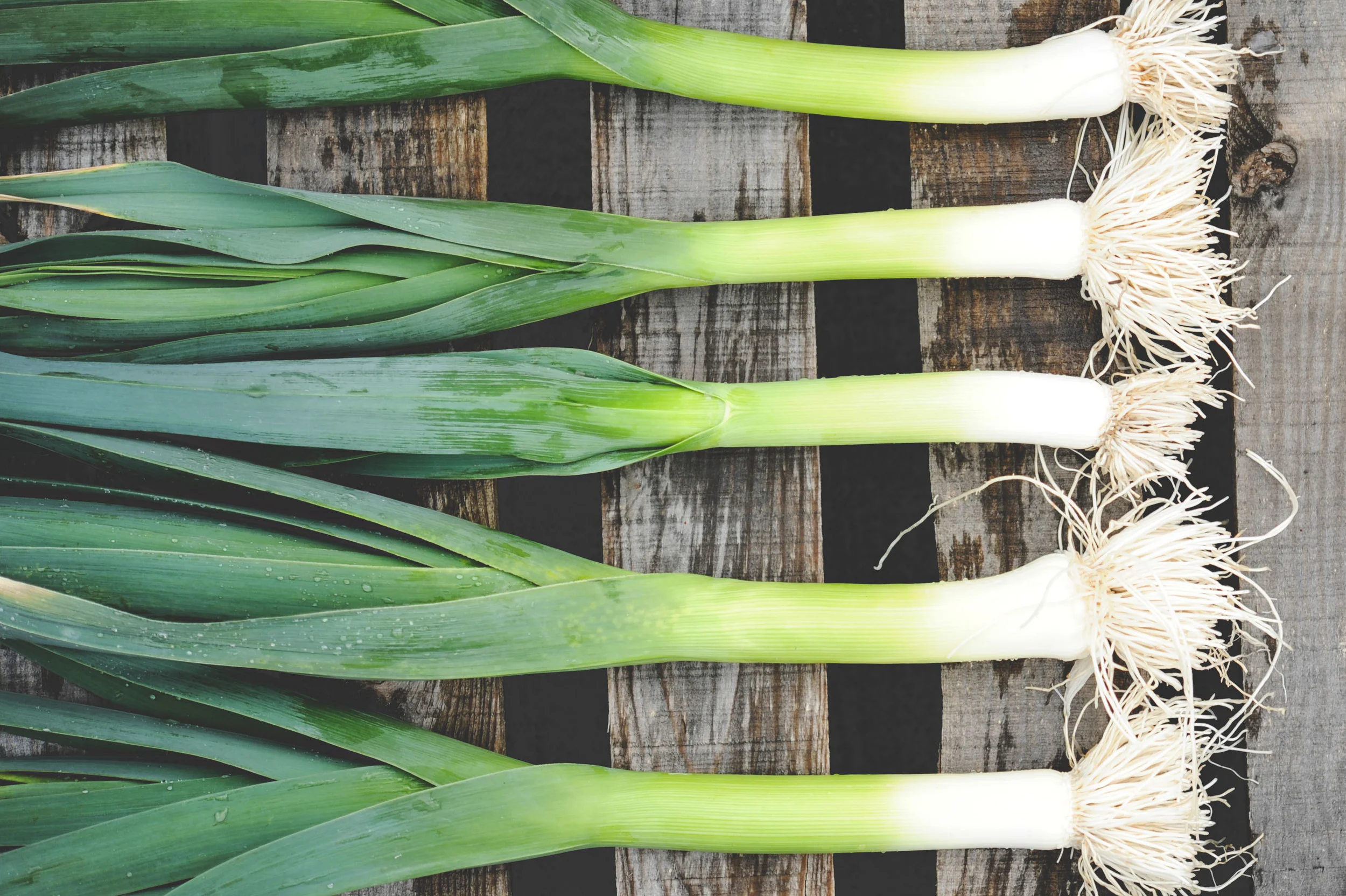I am not sure if there is a name for slacking on your blog...the last few weeks have been pretty interesting and may necessitate a few blogs to elucidate.
Last Saturday we went to a workshop put on by the Western Washington Fruit Research Foundation (WWFRF). It was held at the Washington State research center in Mount Vernon. You could call it a virtual Who's Who of western Washington fruit tree nerds. We attended talks on soil fertility, grafting, pruning and thinning; followed by demonstrations in the WWFRF orchard. I will do my best to sum up a little of the information I absorbed, but here are a few resources that will really tell you what is what:
Video: Easy Steps to Fruit Tree Pruning, by Gary Moulton
Book: The Pruning Book, by Lee Reich
Book: The Backyard Orchardist, by Stella Otto
We were fortunate enough this past weekend to hear a lecture by Gary Moulton about fruit tree pruning and thinning. Most important to remember: it is important to remember to prune...Also, make sure that you have clean, sharp tools. You will likely need a sharp pair of loppers, a sharp pruning saw and a sharp pair of hand pruners, and a ladder.
There are a few basic shapes that fruit trees are generally pruned into: Central Leader, Modified Central Leader, Open Center and Espalier.
Central Leader: has one main branch going straight up the
middle and other branches radiating out in different
directions around the trunk, called scaffold branches. (see diagram: North Carolina State University)
Modified Central Leader: let the tree start out as a central leader and then either tie down the central leader to turn it into a scaffold branch or head it back. (see diagram: www.urbanharvest.org)
Open Center: cuts out the central leader and develops four or five main scaffold branches headed out in different directions. (see diagram:www.ext.vt.edu)
Espalier: can be trained in very complex patterns, but generally is pruned so there are only branches going in two directions (as if flat against a fence). (see photo: www.ynurserynews.com)
You can choose to train your trees into any of these shapes...the most important thing to remember is to make thinning cuts instead of heading cuts.
Thinning cuts: remove entire branches all the way back to the trunk or main scaffold. Remove branches that are growing in the same direction (competing with each other) or crossing each other. You will open up the remaining branches to air flow and sunlight.
Heading cuts: this is when you cut a branch back part way (cut off the head), it will cause branches to "bush out" at the ends, reducing airflow and sun penetration.
If this seems like a strange time of year to be so focused on fruit (since most won't be ready until the end of summer), you are a fool!
Have you have ever noticed that your fruit tree produces a heavy crop one year and then a very light crop the next year? Most likely it is because you did not sacrifice a yearling goat under the last harvest moon.
Alternatively, it is possible that you have not been pruning your trees properly. If you would like to improve your tree health and balance your yearly fruit production, would strongly recommend eliminating this blog from your memory, doing some real research on your tree varieties and getting out there and starting to prune...and then there is fruit thinning...






